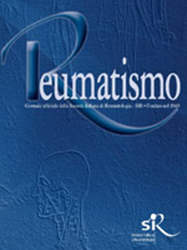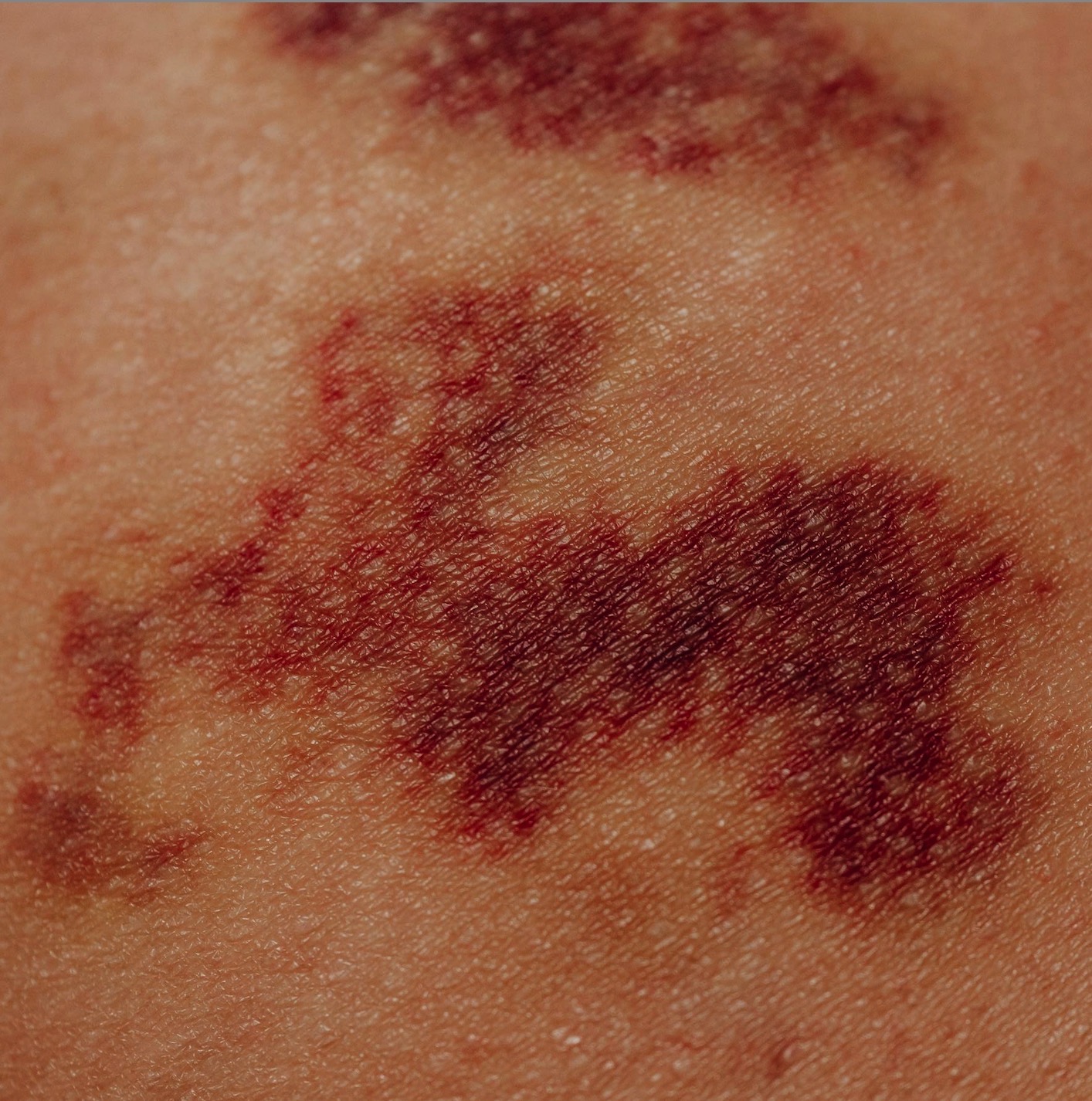Skin and lung fibrosis induced by bleomycin in mice: a systematic review
Published: March 22 2024
Abstract Views: 1970
PDF: 818
Publisher's note
All claims expressed in this article are solely those of the authors and do not necessarily represent those of their affiliated organizations, or those of the publisher, the editors and the reviewers. Any product that may be evaluated in this article or claim that may be made by its manufacturer is not guaranteed or endorsed by the publisher.
All claims expressed in this article are solely those of the authors and do not necessarily represent those of their affiliated organizations, or those of the publisher, the editors and the reviewers. Any product that may be evaluated in this article or claim that may be made by its manufacturer is not guaranteed or endorsed by the publisher.
Similar Articles
- T. Borges, J. Vilaça, S. Ferreira, I. Chora, S. Silva, C. Dias, Systemic sclerosis sine scleroderma: a case report of anterior uveitis , Reumatismo: Vol. 67 No. 1 (2015)
- S. Bello, A. Rinaldi, S. Trabucco, L. Serafino, C. Bonali, G. Lapadula, Erasmus syndrome in a marble worker , Reumatismo: Vol. 67 No. 3 (2015)
- M. Colaci, D. Giuggioli, M. Sebastiani, A. Manfredi, F. Lumetti, F. Luppi, S. Cerri, C. Ferri, Predictive value of isolated DLCO reduction in systemic sclerosis patients without cardio-pulmonary involvement at baseline , Reumatismo: Vol. 67 No. 4 (2015)
- S. Soldano, P. Montagna, R. Brizzolara, C. Ferrone, A. Parodio, A. Sulli, B. Seriolo, B. Villaggio, M. Cutolo, Endothelin receptor antagonists: effects on extracellular matrix synthesis in primary cultures of skin fibroblasts from systemic sclerosis patients , Reumatismo: Vol. 64 No. 5 (2012)
- S. Casigliani Rabl, A. Della Rossa, P. Pepe, A. D'Ascanio, M. Mosca, A. Di Vita, S. Bombardieri, Long-term cyclic intravenous iloprost in systemic sclerosis: clinical experience from a single center , Reumatismo: Vol. 64 No. 3 (2012)
- A. Cossu, P.A. Cossu, A. Carcassi, Chronic polyarthritis in a patient affected by sarcoidosis and chronic HCV infection. Case report and review of the literature , Reumatismo: Vol. 54 No. 2 (2002)
- F. Cozzi, M. Chiesura Corona, M. Rizzi, C. Dus, N. Durigon, S. Mancin, S. Todesco, Lung fibrosis quantified by HRCT in scleroderma patients with different disease forms and ANA specificities , Reumatismo: Vol. 53 No. 1 (2001)
- F. Giorgetti, M.L. Minnucci, P. Santori, L. Ercoli, M. Rossi, M. Del Papa, G. Morico, P. Squadroni, A. Olivieri, R. Centurioni, Autologus peripheral stem cell transplantation in a patient with diffuse systemic sclerosis: our experience , Reumatismo: Vol. 56 No. 1 (2004)
- M. Sebastiani, A. Manfredi, M. Colaci, D. Giuggioli, R. La Sala, N. Elkhaldi, A. Antonelli, C. Ferri, Correlation of a quantitative videocapillaroscopic score with the development of digital skin ulcers in scleroderma patients , Reumatismo: Vol. 60 No. 3 (2008)
- E. Quattrocchi, M. Feldmann, Recombinant adenovirus-mediated gene transfer suppresses experimental arthritis , Reumatismo: Vol. 53 No. 1 (2001)
1-10 of 175
Next
You may also start an advanced similarity search for this article.










